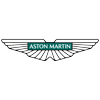 1961 Aston Martin DB4 (Series 3) Dimensions, Size & Specs
1961 Aston Martin DB4 (Series 3) Dimensions, Size & SpecsMeasurements of the 1961 Aston Martin DB4, engineered for optimal performance and comfort
| Dimensions | |
|---|---|
| Length: | 4489 mm176.7 in14.7 ft |
| Width: | 1676 mm66.0 in5.5 ft |
| Height: | 1321 mm52.0 in4.3 ft |
| Weight Specifications | |
| Curb Weight: | 1308 kg2884 lbs |
| Tire Specifications | |
| Rims Size: |
|
| Tire Size: |
|
The Aston Martin DB4 Series 3, produced between 1961 and 1962, represents a refined iteration of the iconic DB4 coupe that blends classic British automotive design with powerful performance and elegant proportions. This model's overall length measures 4489 mm (176.7 inches), accompanied by a width of 1676 mm (66.0 inches) and a height of 1321 mm (52.0 inches), positioning it firmly within the classic luxury grand tourer segment. The Series 3 continues Aston Martin’s tradition of sleek styling combined with balanced dimensions for optimal handling and road presence. With a curb weight of 1308 kg (2883 lbs), the car showcases a lightweight construction that enhances its performance agility, a remarkable attribute for cars of its era. Equipped with 16-inch rims and fitted with 185/80 R16 tires, the DB4 Series 3 features enhanced grip and stability while maintaining a ride comfort suitable for long-distance touring. Its coupe body style provides a sporty yet sophisticated profile, appealing to enthusiasts of classic British sports cars. Overall, the DB4 Series 3 remains a celebrated classic vehicle distinguished by its timeless design, balanced size, and well-proportioned engineering, making it an enduring icon in the history of Aston Martin and luxury grand tourers worldwide.
Discover the standout features that make the 1961 Aston Martin DB4 a leader in its class
Have a question? Please check our knowledgebase first.
The Aston Martin DB4 Series 3 coupe from 1961 to 1962 has a length of 4489 mm (approximately 176.7 inches), a width of 1676 mm (about 66 inches), and a height of 1321 mm (around 52 inches). These dimensions give the DB4 a slender and elegant profile, characteristic of classic grand tourers of its era.
The curb weight of the Aston Martin DB4 Series 3 is 1308 kg, which is approximately 2883 lbs. This weight is relatively light for a grand touring car of the early 1960s, contributing to its nimble performance and handling. The lightweight construction was achieved with a combination of materials and design choices that balanced durability and performance.
The DB4 Series 3 is equipped with 16-inch rims, paired with tires sized 185/80 R16. The tire width is 185 mm, and the aspect ratio is 80%, meaning the tire's sidewall height is 80% of its width. These tires provide a balance of comfort and sporty handling appropriate for the car’s grand tourer status.
The Aston Martin DB4 Series 3 has a height of 1321 mm (52 inches). This low height contributes to the car’s sleek and aerodynamic profile, enhancing its performance by reducing drag and improving high-speed stability. The low roofline also gives the vehicle a stylish and sporty look, although it may limit interior headroom compared to taller modern cars.
With a width of 1676 mm (66 inches), the DB4 Series 3 offers a relatively narrow stance by today’s standards, but this width was typical for grand tourers of the time. The width supports good stability and cornering capabilities without making the car unwieldy on narrow roads or in tight parking scenarios.
Yes, the Aston Martin DB4 Series 3, with its length of 4489 mm (about 14.73 feet), width of 1676 mm (approximately 5.5 feet), and height of 1321 mm (around 4.3 feet), fits comfortably into a standard residential garage. Most single-car garages have interior dimensions exceeding 2.4 meters (8 feet) in width and around 5.5 meters (18 feet) in length, making the DB4’s compact yet elegant size suitable for typical garage spaces.
The Aston Martin DB4 Series 3 maintains very similar exterior dimensions to the DB4 Series 2, with only minor refinements in design and engineering rather than drastic size changes. Both series share the same overall length, width, and height, but the Series 3 introduced mechanical improvements like a new rear suspension design and increased power output. Therefore, while the size remains consistent, the Series 3 offers better performance and handling over the Series 2.
Compared to contemporaries like the Jaguar E-Type Series 1 or the Ferrari 250 GT, the Aston Martin DB4 Series 3 holds a slightly more compact and elegant footprint. For instance, the Jaguar E-Type is longer at roughly 4483 mm (176.5 inches) but wider and taller, while the Ferrari 250 GT is similar in length but often wider. The DB4 prioritizes a balance of style and agility which makes it somewhat smaller and lighter, enhancing its touring capabilities with classic British grand touring aesthetics.
The Aston Martin DB4 Series 3 marked a pivotal evolution in the DB4 range, with a key focus on enhanced performance and refinement. It featured an upgraded 3.7-liter straight-six engine with triple SU carburetors, producing approximately 240 hp, improving acceleration and top speed. Additionally, the Series 3 introduced an improved rear suspension system for better ride comfort and handling precision. Its design cues were subtle yet refined, maintaining the iconic style penned by Carrozzeria Touring with lightweight aluminum body panels crafted around a tubular space frame. The combination of performance and luxury made it a standout grand tourer of the early 1960s.
The DB4 Series 3 is a two-door coupe primarily designed with driver and front passenger comfort in mind, seating two to four occupants depending on configuration. Due to its classic grand tourer proportions, the interior space is comfortably laid out for the driver and front passenger with relatively limited rear seat space, making the rear seats best suited for occasional or short trips. Headroom and legroom are in line with other sports coupes of the era, emphasizing style and driving experience over rear passenger comfort.
Discover similar sized cars.
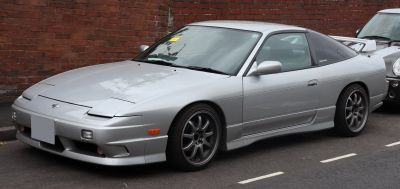
| Production: | 1989-1998 |
|---|---|
| Model Year: | 1989 |
| Length: | 4520 mm178.0 in |
| Width: | 1695 mm66.7 in |
| Height: | 1290 mm50.8 in |
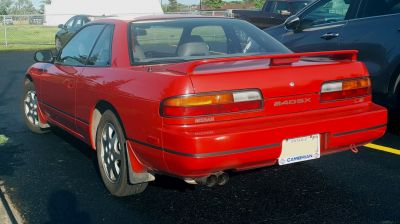
| Production: | 1991-1994 |
|---|---|
| Model Year: | 1991 |
| Length: | 4521 mm178.0 in |
| Width: | 1689 mm66.5 in |
| Height: | 1290 mm50.8 in |

| Production: | 1991-1994 |
|---|---|
| Model Year: | 1991 |
| Length: | 4521 mm178.0 in |
| Width: | 1689 mm66.5 in |
| Height: | 1290 mm50.8 in |
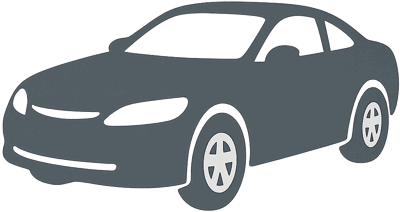
| Production: | 1989-1990 |
|---|---|
| Model Year: | 1989 |
| Length: | 4520 mm178.0 in |
| Width: | 1690 mm66.5 in |
| Height: | 1290 mm50.8 in |
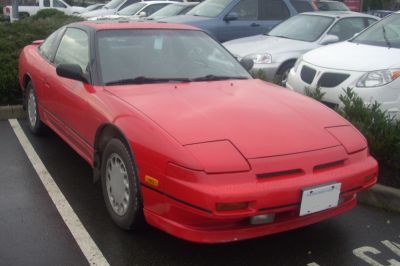
| Production: | 1989-1990 |
|---|---|
| Model Year: | 1989 |
| Length: | 4521 mm178.0 in |
| Width: | 1689 mm66.5 in |
| Height: | 1290 mm50.8 in |
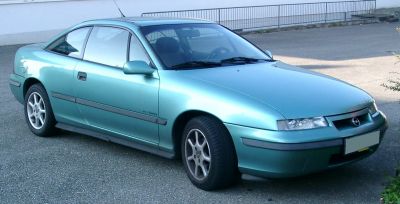
| Production: | 1994-1997 |
|---|---|
| Model Year: | 1994 |
| Length: | 4492 mm176.9 in |
| Width: | 1688 mm66.5 in |
| Height: | 1320 mm52.0 in |
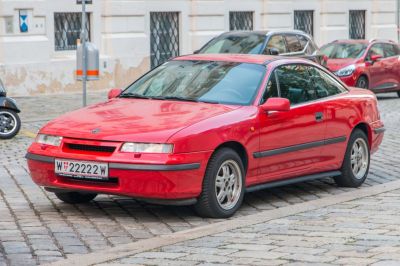
| Production: | 1990-1994 |
|---|---|
| Model Year: | 1990 |
| Length: | 4492 mm176.9 in |
| Width: | 1688 mm66.5 in |
| Height: | 1320 mm52.0 in |
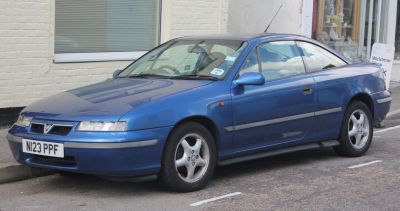
| Production: | 1989-1997 |
|---|---|
| Model Year: | 1989 |
| Length: | 4492 mm176.9 in |
| Width: | 1906 mm75.0 in |
| Height: | 1320 mm52.0 in |
